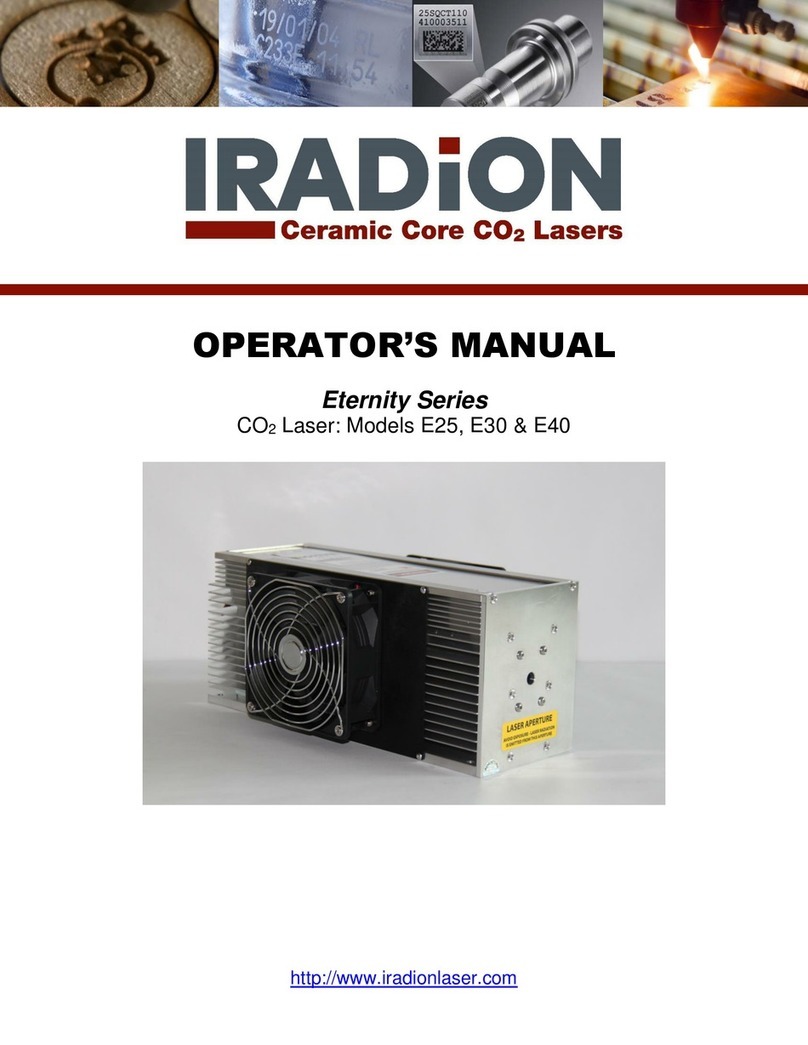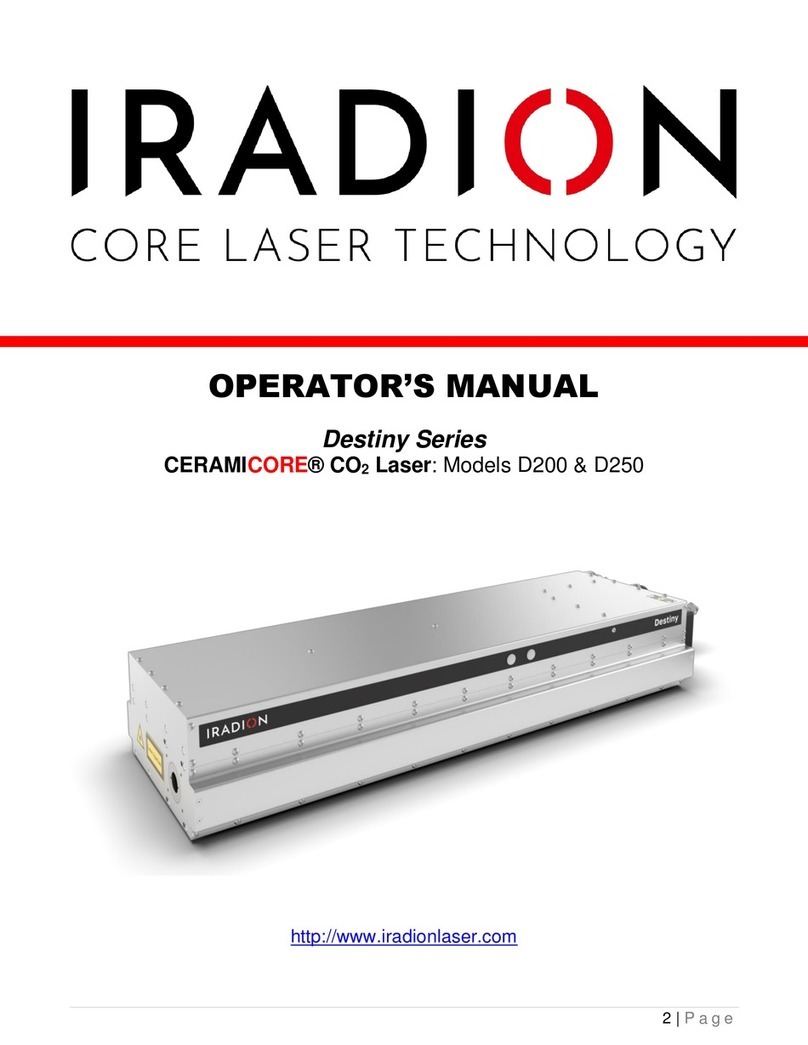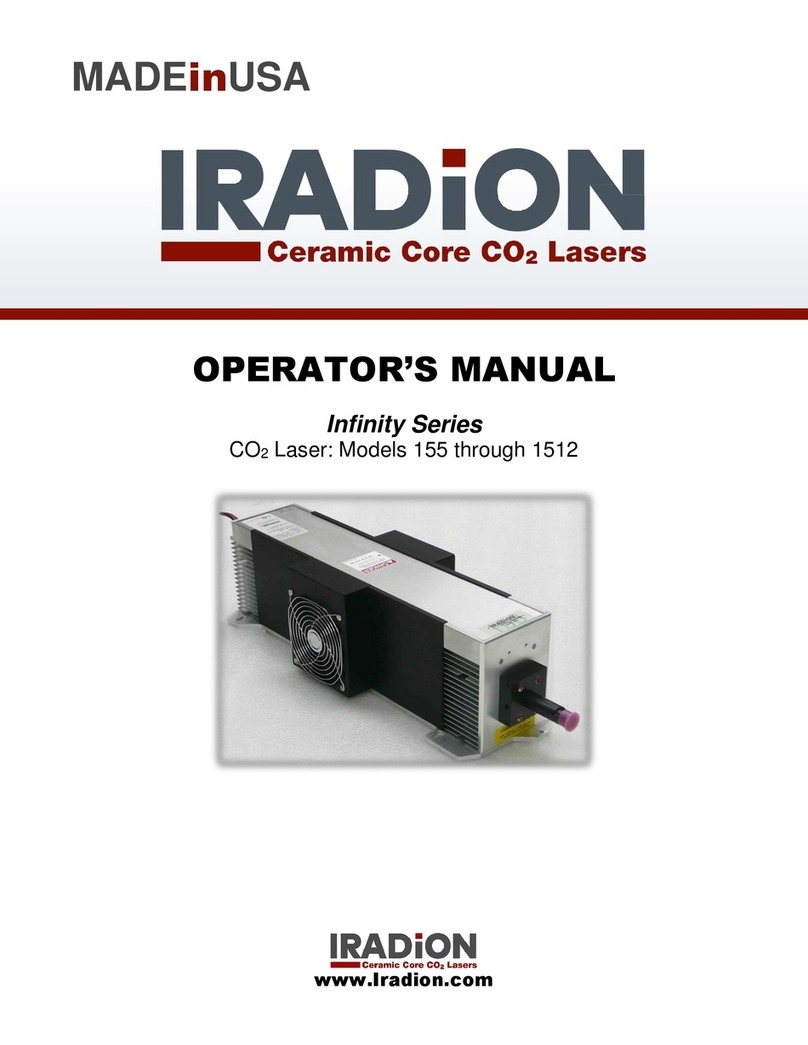
ii
Table of Contents
Hazard Information......................................................................1
Terms.......................................................................................................... 1
General Hazards ..........................................................................2
Infinity Series Label Locations...................................................4
Laser Safety..................................................................................6
Other Hazards ..............................................................................6
Declaration of Conformity...........................................................7
Introduction..................................................................................8
CDRH.............................................................................................8
Available Safety Features...........................................................8
System Overview.........................................................................9
Specifications.............................................................................11
Mechanical Outline, Laser ........................................................12
Mounting.....................................................................................13
Electrical Connections, Laser ..................................................14
“W” Type Lasers ....................................................................................... 16
Operation of Unit .......................................................................16
Tickle Pulse............................................................................................... 17
Laser Command Signals.......................................................................... 18
System Test.............................................................................................. 19
Laser Indicator Lights............................................................................... 19
Indicator Lights Details............................................................................. 20
Beam Expanders and Other First Optical Surfaces...............21
Water Cooled Laser Connections............................................22
Cooling Specifications.............................................................................. 23
Water Filter ............................................................................................... 23
Setting the Flow Rate............................................................................... 23
Condensation............................................................................................ 24
The 1625 Power Supply and Air Pump Unit............................25
Electrical Ratings...................................................................................... 25
Environmental Conditions ........................................................................ 25
Mechanical Outline................................................................................... 27































